
OR
Reason to worry: Silent spread of COVID-19 infection in Nepal
Published On: June 7, 2020 01:15 PM NPT By: Dr Sher Bahadur Pun
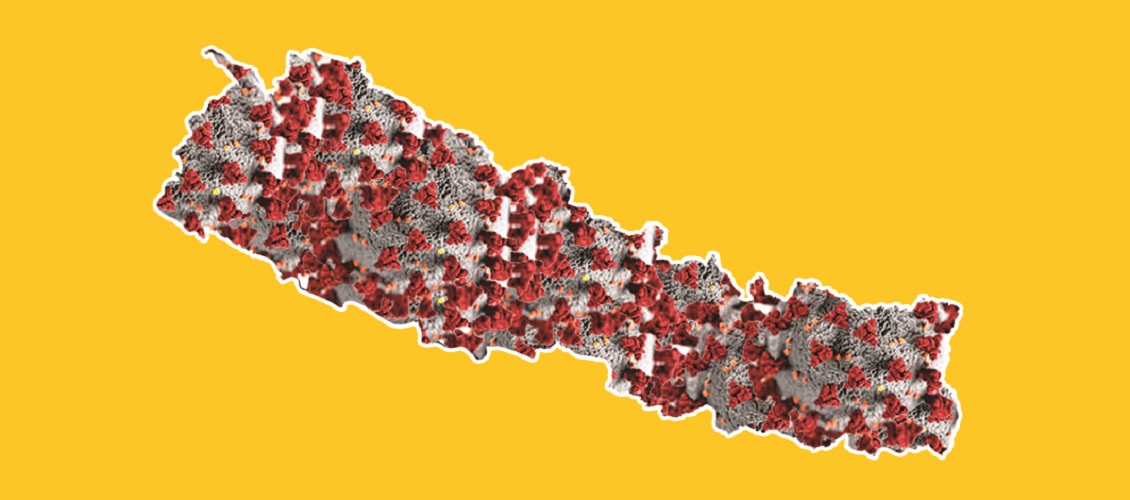
“Silent coronavirus” is widespread in Nepal. Almost all individuals infected with coronaviruses were found with no symptoms at all.
On May 31, two confirmed coronavirus patients were discharged from Sukraraj Tropical and Infectious Disease Hospital (STIDH). Both patients had no signs and symptoms of COVID-19prior to and during the hospital stay. In fact, in Nepal, so far almost all individuals infected with this virus have not shown any signs and symptoms of COVID-19. In other words, at present silent COVID-19 infection is widespread in Nepal.
Severe Acute Respiratory Syndrome-2 (SARS-CoV-2) popularly known as “coronavirus” among public, is a member of the family coronaviruses that causes coronavirus disease 19(COVID-19). It was first reported December 31, 2019 in Wuhan city of China. As of June 6, coronavirus has affected more than 213 countries and territories around the world. Nepal officially reported its first COVID-19 case on January 23, 2020. The patient had returned from Wuhan city of China. Since then, coronavirus has been detected in all provinces of Nepal. As of June 6, a total of 2,912 individuals have been infected with coronavirus with 0.4 percent of the total reported deaths. The recovery rate is 11 percent. At present, the overall recovery rate of COVID-19 in India is 48 percent, which is higher than Nepal. However, death rate due to COVID-19 in Nepal (0.4 percent) is much lower compared to India’s (2.8 percent).
Fever, shortness of breath, cough and tiredness are the main symptoms of COVID-19. During the early period of COVID-19 epidemic, Nepal mainly relied on clinical signs and symptoms of the COVID-19as a means to suspect the disease due to limitations in laboratory testing kits. Throat swab and blood sample of the first Nepali COVID-19 case was sent abroad (Hong Kong) to confirm the virus. Mass media awareness campaigns on the prevention and symptoms of COVID-19 were initiated by the government of Nepal. Currently new symptoms such as loss or change in smell or taste are also included in symptoms list. In Nepal, however, patients infected with coronavirus had never complained of or noticed these newly listed symptoms. It is possible that health care workers did not ask about these new symptoms to their patients during examinations. More recently, the UK and the US reported a rare inflammatory disease linked to COVID-19 infection in children. Very few children have been found infected with coronavirus in Nepal, but such a rare syndrome has not yet been observed and reported. Blood clot, another new complication, is increasingly reported in COVID-19 patients in recent days in the US. Although, Nepal so far has not yet experienced such blood vessels like disease, physicians should not underestimate such complication while examining coronavirus cases.
The most striking observation in coronavirus confirmed cases has been patients without any symptoms of COVID-19. In other words, “silent coronavirus” is widespread in Nepal. Almost all individuals infected with coronaviruses were found with no symptoms at all. It is learnt that approximately 95 percent of these infected individuals were found without any symptoms of COVID-19. In fact, they were detected during quarantine, screening or contact tracing. It indicates that a huge number of people may be carrying this virus but they do not know they are carrying it. It is a matter of grave concern for Nepal because testing everyone, especially using polymerase chain reaction (PCR), may not be practical/feasible for many reasons. Unfortunately such silent coronavirus carriers are also capable of spreading the virus. In fact, silent coronavirus carriers are spreading the virus faster rather than symptomatic patients in Nepal.
The clinical outcome of an infection depends on many variables including the virus strain. Researchers across the globe have found mutations in the genetic code of coronaviruses, meaning coronavirus is mutating in the ongoing COVID-19 pandemic. In Nepal, coronaviruses were imported from China, Europe, the Middle East and India. It is, however, not yet clear as to whether these strains are identical or different from each other or muted in the midst of circulation in Nepal. At present, a growing number of coronavirus cases are being imported from India and nearly 50 percent of the Indian coronavirus strains were reportedly identified new mutations, prompting a cause for concern. A senior scientist at ICMR of India reveals that 80 percent of people with coronavirus in India were asymptomatic, meaning they did not show any signs and symptoms of COVID-19, which is similar to asymptomatic cases occurring in Nepal.
Moreover, deaths rate in both countries (India 2.7 percent and Nepal 0.4 percent) is much lower compared to US (six percent), Europe (9-14 percent) and China (5.6 percent). It can, thus, be assumed that coronavirus strains circulating in India and Nepal might be very similar, although further studies are needed to reach this conclusion.
Detection of COVID-19 case has become a major challenge due to its silent nature. In order to identify hotspot of coronavirus, more testing especially PCR is needed, which is not feasible but not impossible. More experts need to be recruited to make contact tracing more efficient because without contact tracing, it is difficult to identify a person with a silent coronavirus infection.
Rise of silent coronavirus cases in Nepal has challenged existing knowledge on clinical spectrum of COVID-19. According to Centers for Disease Control and Prevention of the US, the disease causes mild to moderate symptoms in 81 percent, severe pneumonia in 14 percent and in five percent it becomes critical/ even fatal. This is in sharp contrast to Nepali observation where approximately 95 percent of coronavirus cases did not show any symptoms, meaning Nepal needs its own set of recommendations based on evidence to fight the silent COVID-19 infection in the days to come.
The author is the Chief of the Clinical Research Unit at Sukraraj Tropical and Infectious Disease Hospital, Kathmandu
You May Like This
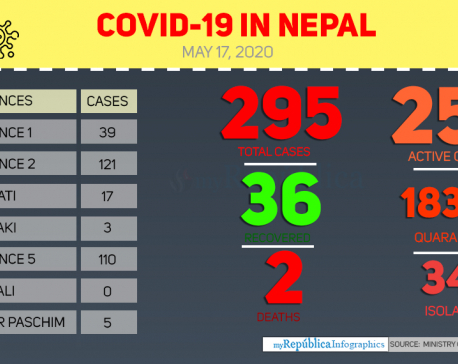
Health ministry confirms three new COVID-19 cases, number of total cases reaches 295
KATHMANDU, May 17: Nepal reported three new cases of COVID-19 on Sunday evening, taking the national tally to 295. ... Read More...
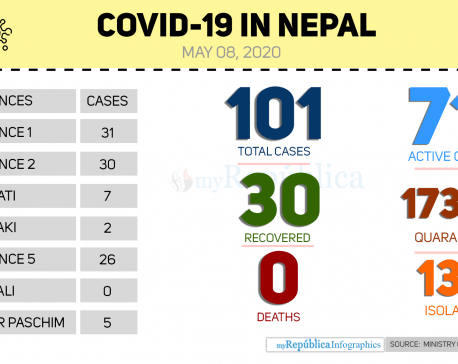
Eight more recover from COVID-19 in Nepal, 71 active cases now
BIRATNAGAR, May 8: Eight more COVID-19 patients have recovered from the disease. ... Read More...

Photos: Matatirtha Temple premises all silent and empty amid coronavirus fears
KATHMANDU, April, 23: Matatirtha Aunshi or Aamako Mukh Herne Din (Mother’s Day) is being celebrated on Thursday throughout the country. Read More...

Just In
- Relatives of a patient who died at Karnali Provincial Hospital 6 days ago refuse body, demand action against doctor
- Khatiwada appointed as vice chairman of Gandaki Province Policy and Planning Commission
- China's economy grew 5.3% in first quarter, beating expectations
- Nepal-Bangladesh foreign office consultations taking place tomorrow
- Kathmandu once again ranked as world’s second most-polluted city
- PHC endorses Raya as Auditor General
- PM Dahal and ex-PM Khanal meet
- Revised report on job specification submitted to PM





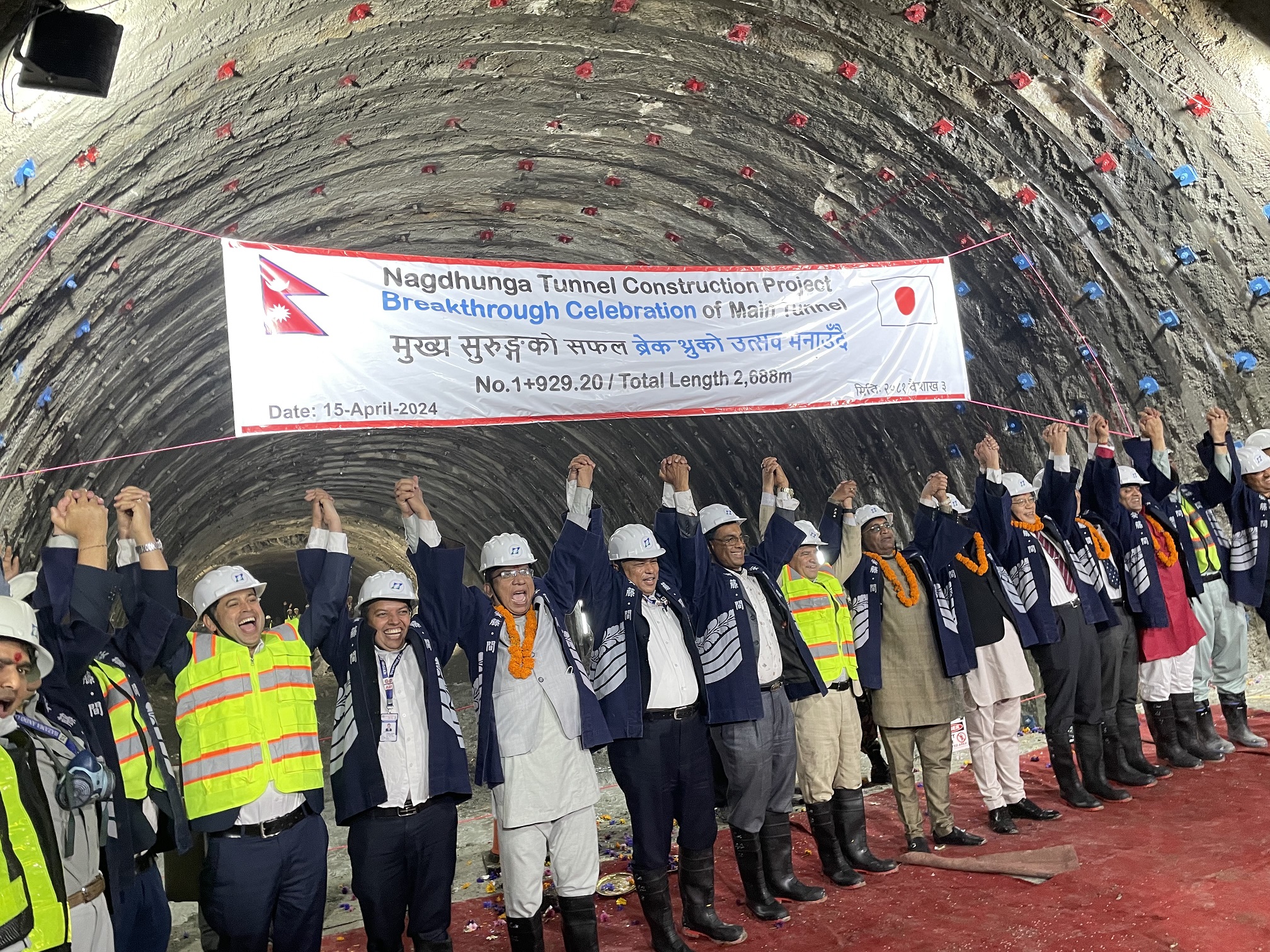



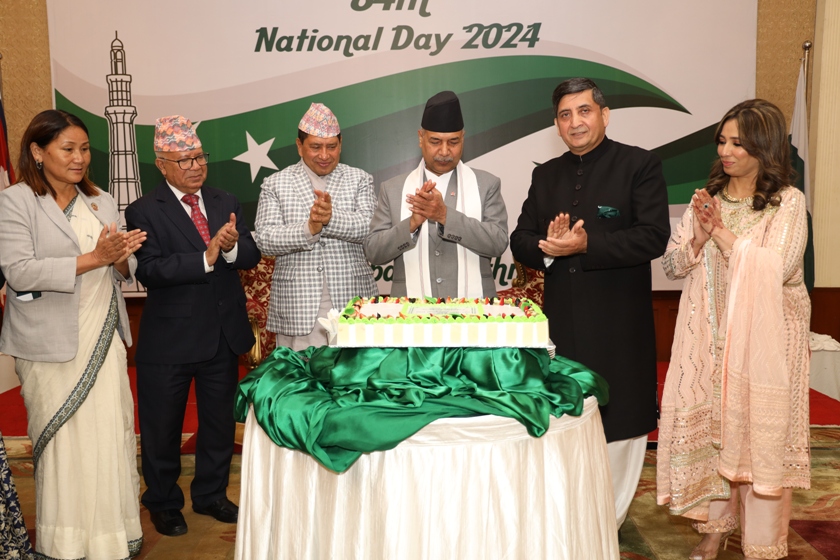

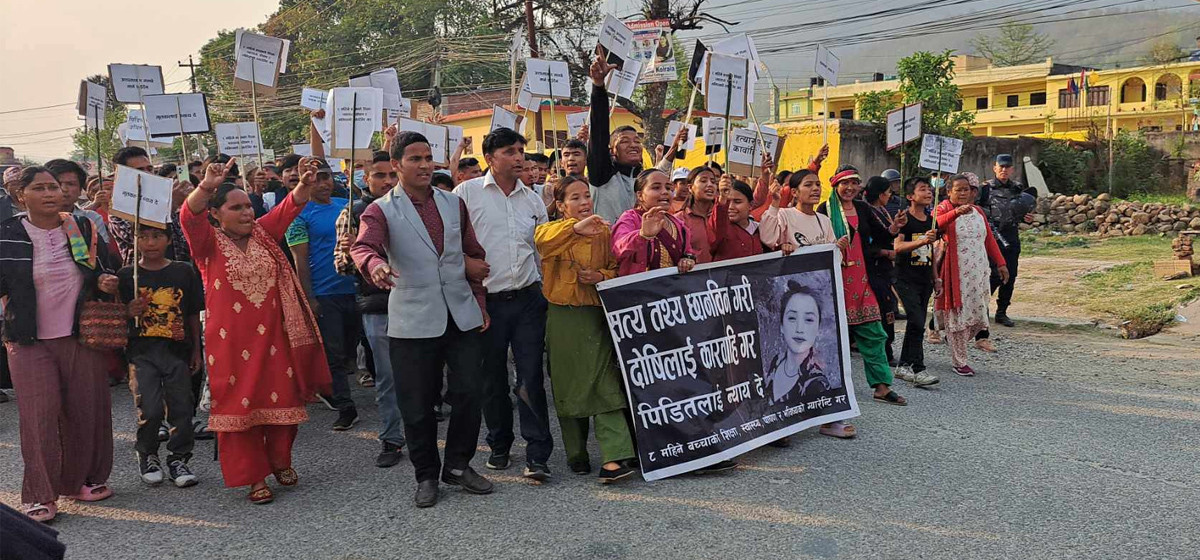
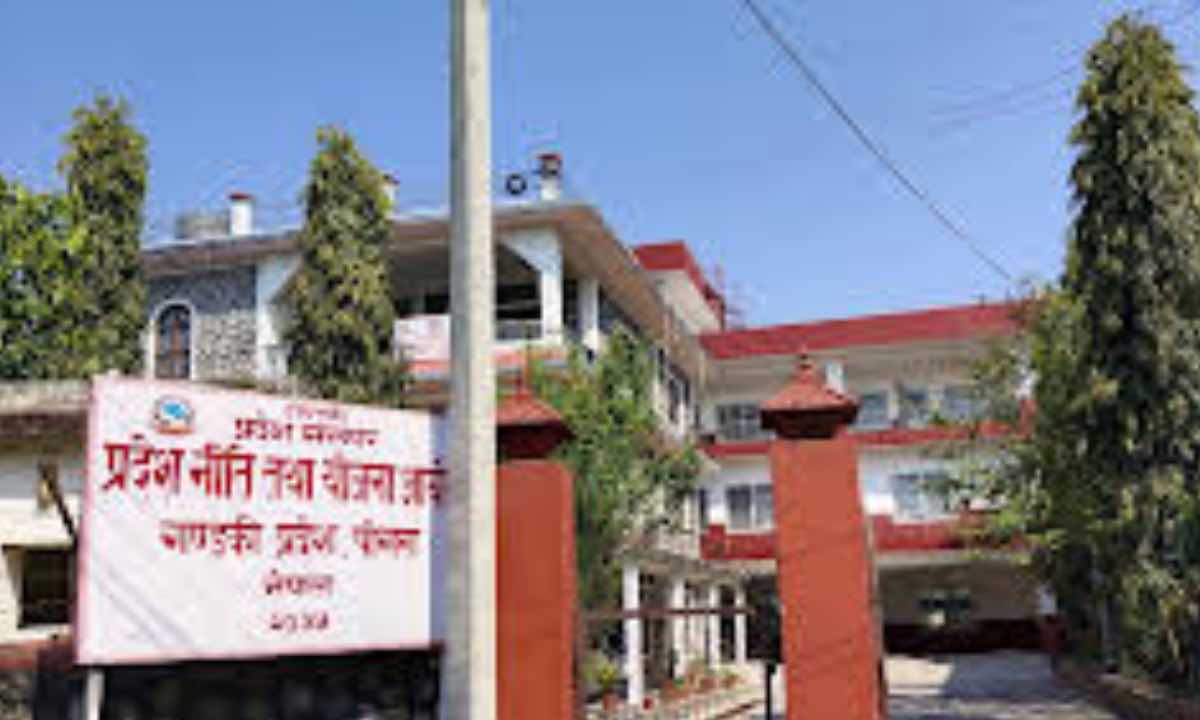

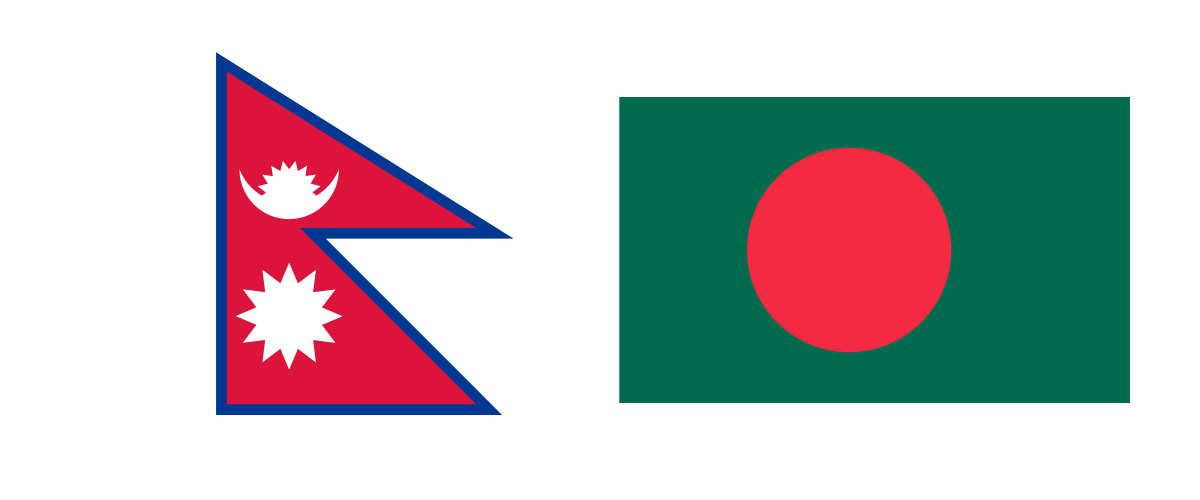

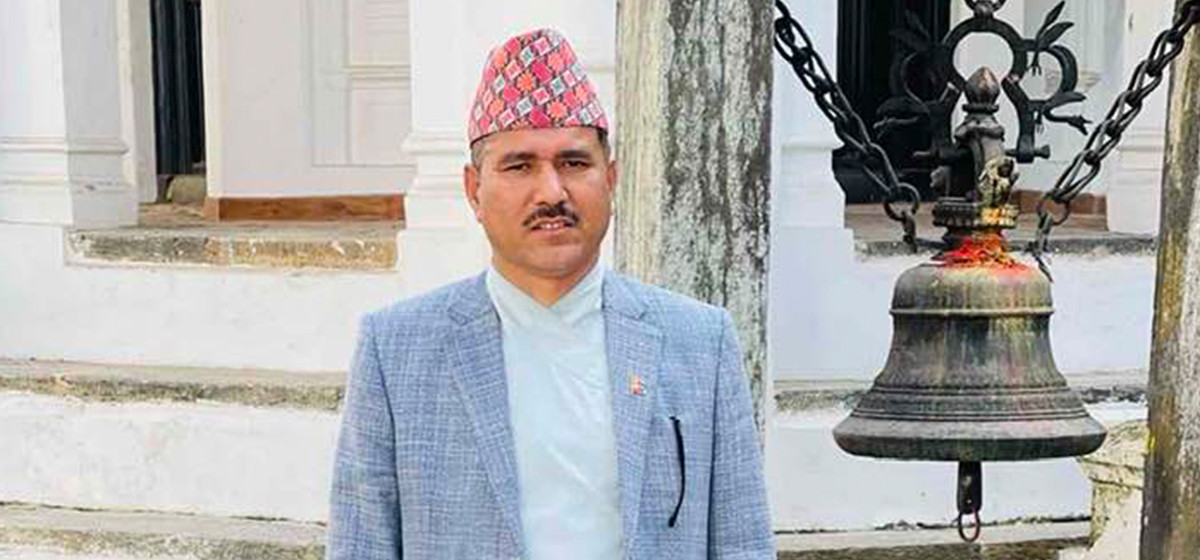
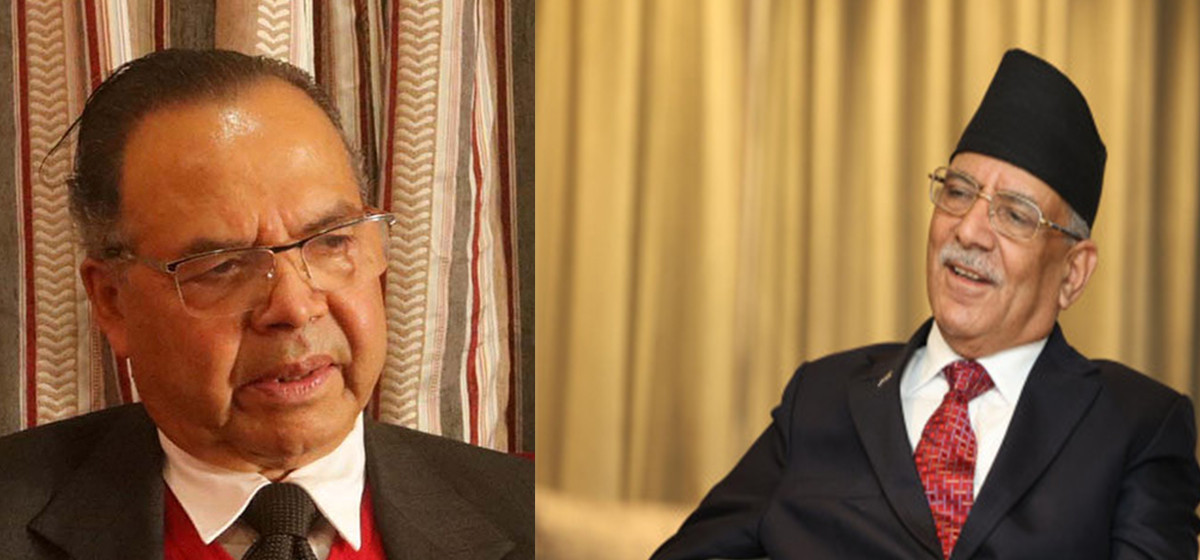
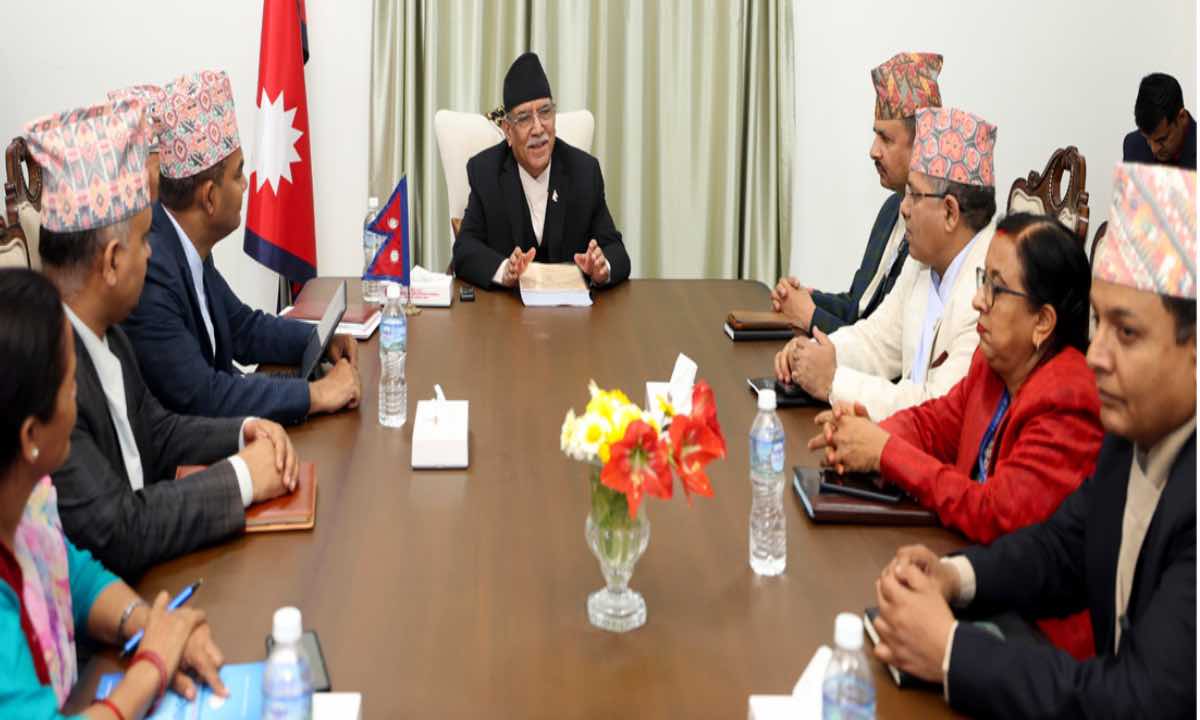
Leave A Comment